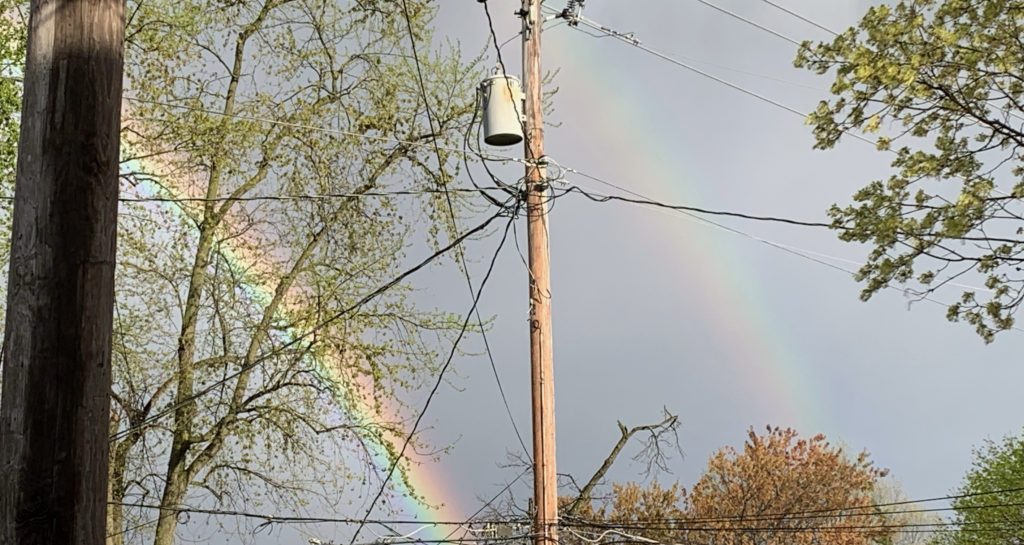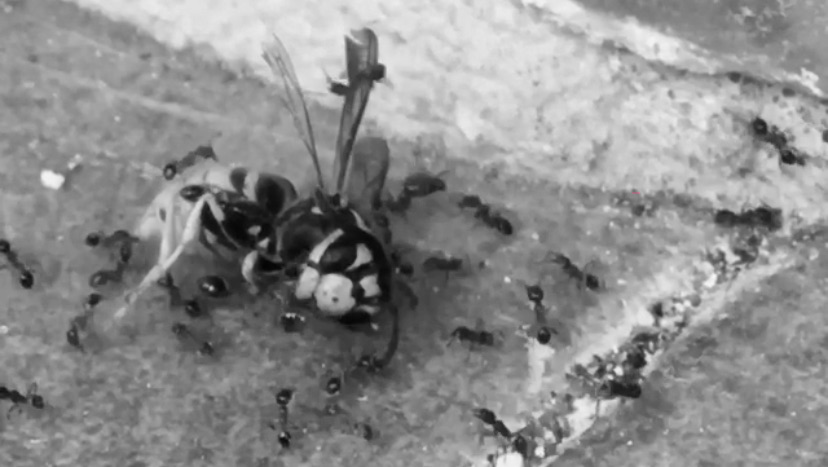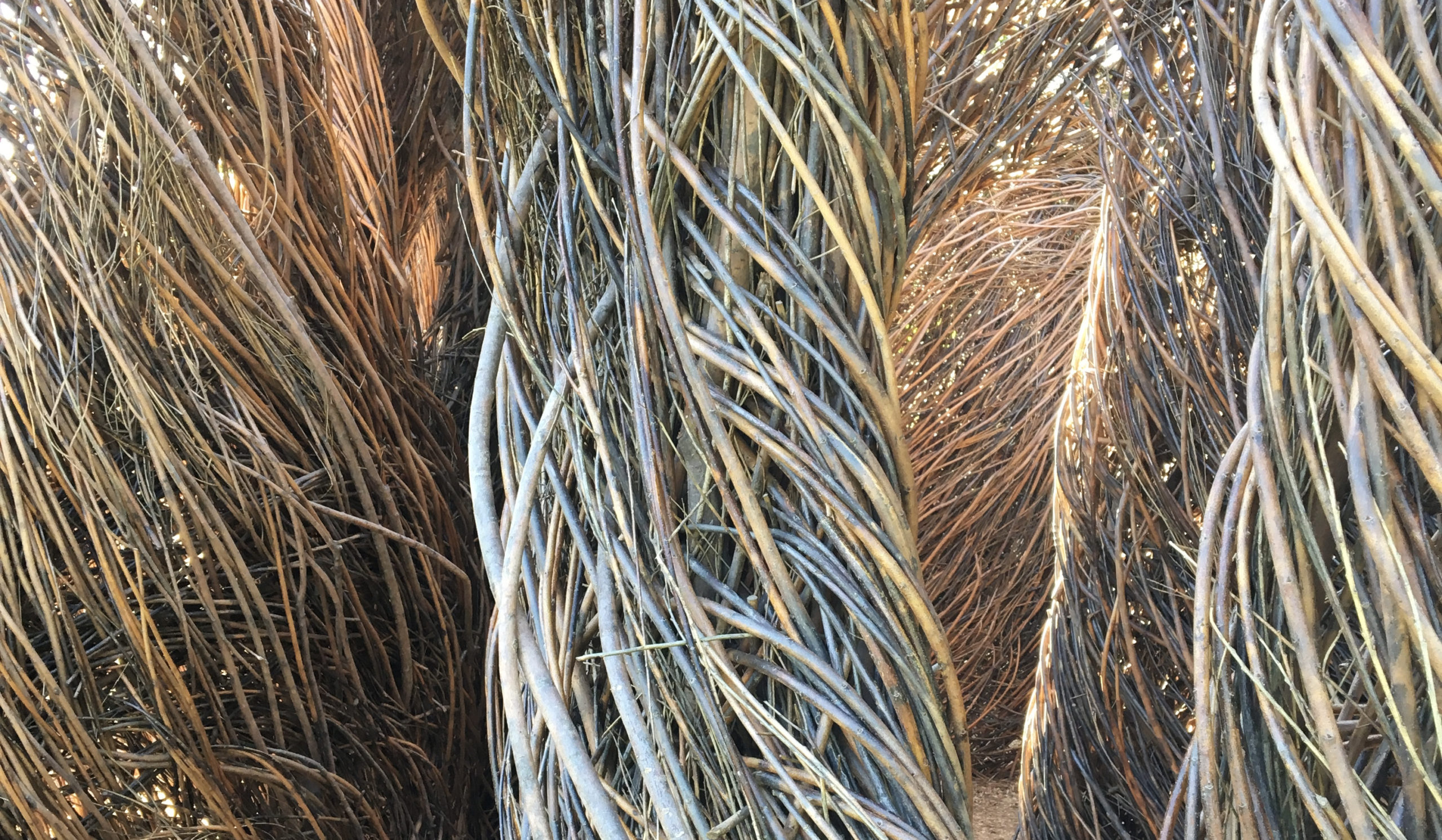Jesus went across the Sea of Galilee. A large crowd followed him, because they saw the signs he was performing on the sick. John 6: 1-1-2
Before the hungry crowd followed Jesus up the mountain, he’d been busy walking with his disciples back and forth from Jerusalem to Judea to Galilee. Teaching. Surprising a Samaritan woman at Jacob’s well. He preached the kingdom of God, but stories of healings and other signs often took center stage.
People are attracted to the spectacular. The crowds wanted to see Jesus and if they were lucky, maybe something wondrous. Despite the long walk and needing to eat, they were excited. Who knew what this man might do or say?
Even today, people often look for hope outside themselves. They look for it in miracles, in charismatic leaders. They listen for what someone can do for them personally or for the community. They want someone with power to fix the big things. But hope is elusive.
Today natural and human-made realities threaten the well-being not only of individuals, groups, cities, and nations, but of the planet itself. Information – false as well as true – travels at lightning speed around the globe while genuine connection between people, parties, or factions, becomes more and more difficult.
Watching testimony given by four Capitol police about their harrowing experiences during the January 6 insurrection is illustrative. With emotion and passion, these men shared the horror that unfolded as they were trying to protect those within the Capitol. While they were addressing the select committee, six Republican House members gathered in front of the Department of Justice. One, Rep. Paul Gosar (AZ), referred to the insurgents as mistreated political prisoners. “These are not unruly or dangerous, violent criminals.”
Hope is difficult to hold on to.
While cases of the Covid-19 Delta variant are soaring, many people still question the reality of the virus and its threat, refusing to be vaccinated or to wear masks. Attempts by governments, businesses, or schools to require one or both of those preventative measures are assailed as “overreaching.” “Individual rights” is the battle cry.
Hope is difficult to hold on to.
The world continues to warm. Fires, floods, and violent storms wreak havoc and intensify in number, strength, and destructiveness. Systemic racism and violence against people of color continue. Yet some rail against teaching children the truth of this country’s history that would facilitate acknowledgement of the past and strengthen the resolve to move forward together.
Laws marginalizing LGBTQ people are proposed and passed. Refugees are turned away. The list goes on. The nation and the world are at a tipping point. Who wouldn’t want a miracle worker to fix it all?
Almost everything and everyone changing the world now is what we’ve forever referred to as “under the radar.” The radar is broken.
Krista Tippett in Becoming Wise: An Inquiry into the Mystery and Art of Living
But Jesus wasn’t about quick fixes then, or now. His life and wonders pointed toward something else. They were signs, not solutions.
When events pleased the crowd, they wanted to make him king. When his message was about loving your enemy, serving others, living with humility and compassion, the crowds thinned. Eventually, the power brokers set him up and murdered him, and crowds shouted their approval.
Hope isn’t found in flash or miracles. So, where is it?
In her book, Becoming Wise: An Inquiry into the Mystery and Art of Living, Krista Tippet devotes the final chapter to hope. She writes about the healing power of seemingly insignificant acts done by people who will never make the headlines. Small acts come together in ways not visible.
In Jesus’s day nameless women and men carried his message and made it the most transformational message in history not only by what they said or wrote but by how they lived. Early followers pooled their goods and gave it away, making sure their neighbors had what they needed. Ordinary people doing good things made a difference. The world is slowly transformed the same way today.

Look for hope in quiet places.
When I do, I find it. There’s a small group not far from me reimagining church, gathering people together to share stories, to grow and cook healthy food, to worship around a table. They come to know and care about one another and hope to transform their struggling community.
Every day, a retired teacher takes food, clothing, and children’s books when he can get them, to those in need but without the means to get to a food pantry.
Electronic neighborhood “bulletin boards” connect people with things they no longer want with people who can use them. The free exchange keeps “stuff” out of landfills and people from shopping for new, breaking the consumeristic cycle.
It’s not that we can’t find hope in bigger movements begun by people of privilege or money or power. It can happen. It must happen. In some arenas, like government, leaders must step up. But hope rises mostly in quiet places, a response to struggle and need.
It’s tempting to look to others for solutions. But we must also look within and around and together. Hope is in connections. It’s a choice. An orientation. A practice. It grows when we notice the good not just the bad and don’t slip into an easy cynicism that recognizes only failures and saps energy and the will to do something.
This week someone sent me her video of ants moving a dead wasp across a sidewalk and up a steep step, impressed by their strength. I watched and agreed. Ants can lift and carry 50 times their own weight – the smaller the ant, the more it can carry. (A physicist friend called this the “square-cube law” in case you want to look it up.)
While watching, I suddenly realized the obvious: no one ant was moving that wasp. A swarm was. They were working together to do what none of them, no matter how strong, could do alone.

